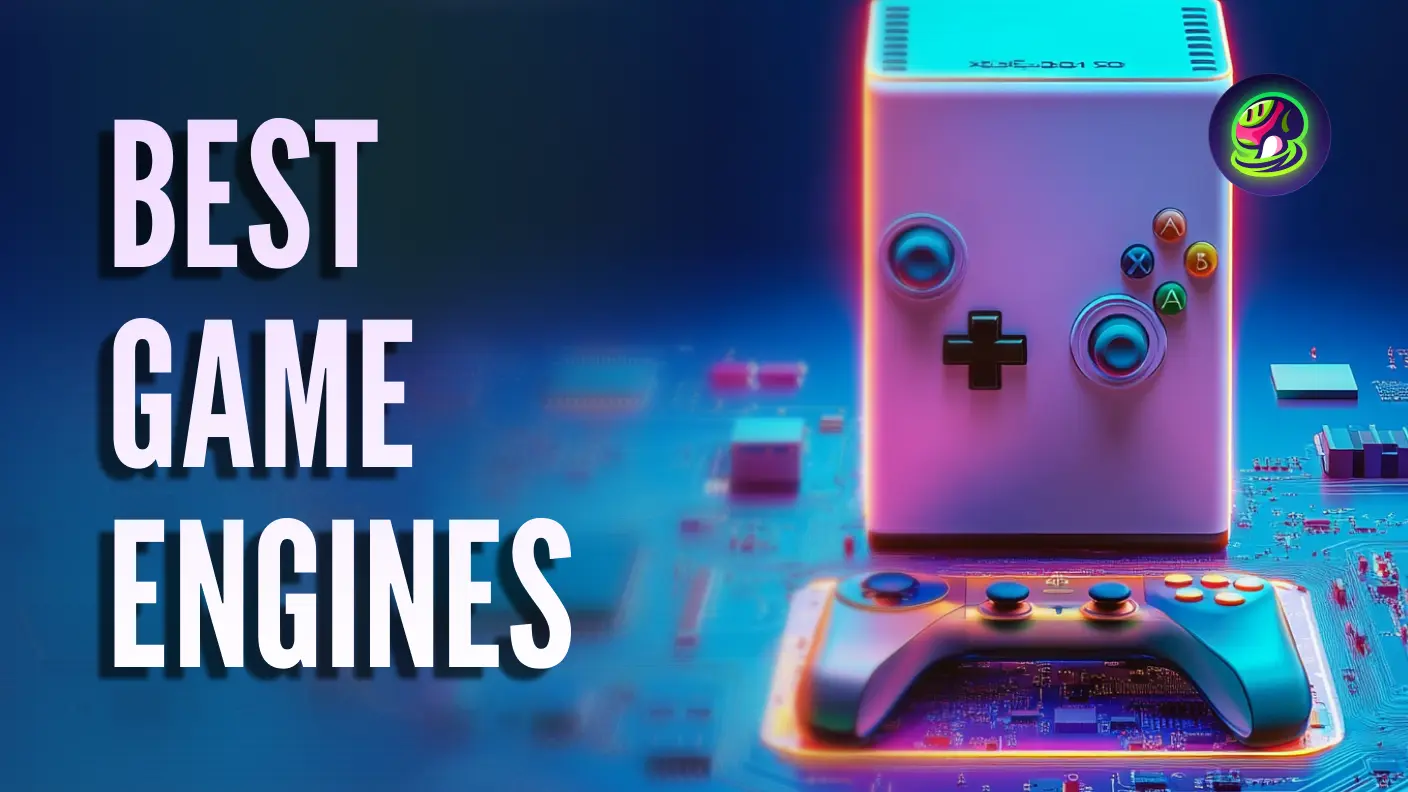2D vs 3D Games: Which Is Best for Your Next Project?
The gaming industry continuously evolves, yet the fundamental distinction between 2D and 3D games remains crucial. Each format offers unique advantages, influencing game mechanics, development complexity, and overall player experience. Understanding these differences helps developers make informed decisions that align with their vision, budget, and technical capabilities.
What Are 2D and 3D Games?
![]()
2D Games: Simplicity and Accessibility
![]()
2D games operate on a flat plane with movement restricted to two axes: X (horizontal) and Y (vertical). Common genres include platformers, side-scrollers, and top-down games. Developers favor 2D for its simplified mechanics, lower production costs, and nostalgic appeal. Key characteristics:
- Art style: Sprites, tile-based levels, vector graphics
- Gameplay mechanics: Linear movement, side-scrolling, fixed camera angles
- Development complexity: Lower; requires less computational power
- Popular engines: Unity (2D mode), Godot, GameMaker
Those interested in animation styles may also want to explore the differences between 2D and 3D animation.
3D Games: Immersion and Depth
![]()
3D games introduce a third dimension, the Z-axis, allowing for depth, realistic physics, and more immersive gameplay. These games provide expansive worlds and complex interactions, ideal for genres like RPGs, FPS, and open-world games. Key characteristics:
- Art style: 3D models, textures, lighting effects
- Gameplay mechanics: Free movement, dynamic camera angles
- Development complexity: Higher; requires expertise in modeling, rendering, and optimization
- Popular engines: Unreal Engine, Unity (3D mode), Godot
If you're deciding on a game engine, check out this comparison between Godot and Unity to choose the best fit for your project.
Technical Requirements and Development Complexity
2D Game Development: Lower Barrier to Entry
2D games require fewer resources and are ideal for indie developers and small teams. Without the need for 3D modeling and physics engines, developers can focus on refining gameplay and artistic style.
- Faster production cycles: Less time spent on asset creation
- Lower system requirements: It can run on older hardware or mobile devices
- Easier debugging: Simplified physics and mechanics
3D Game Development: Greater Technical Demands
3D games involve complex rendering, lighting, and physics. Developers must optimize performance through techniques like Level of Detail (LOD) and occlusion culling to maintain smooth gameplay.
- Higher production costs: Requires 3D modeling, animation, and AI programming
- Advanced tools needed: Mastery of software like Blender, Maya, or ZBrush
- More testing required: Performance tuning for multiple devices
For an in-depth look at essential game development tools, read about game development software that can streamline your workflow.
Asset Creation and Visual Design
2D Art: Stylized and Cost-Effective
2D assets rely on sprites, tilesets, and vector graphics. These are easier to create, allowing for faster development cycles. Many successful indie games, such as Hollow Knight and Celeste, showcase the artistic flexibility of 2D.
3D Art: Realism and Detail
3D games require modeling, texturing, rigging, and animation. While this provides higher visual fidelity, it also demands more processing power. AI-powered tools like Meshy AI can streamline 3D asset creation, reducing production time and costs.
Gameplay Mechanics and Player Experience
2D Games: Precision and Simplicity
Many 2D games emphasize tight controls and fast-paced action. Their simplicity makes them ideal for mobile gaming and esports, with games like Street Fighter and Dead Cells showcasing polished 2D mechanics.
3D Games: Exploration and Realism
3D environments offer deeper world-building and immersive storytelling. Dynamic camera angles, physics-based interactions, and realistic movement systems create engaging gameplay, as seen in titles like The Witcher 3 and Elden Ring.
Development Costs and Time Considerations
| Feature | 2D Games | 3D Games |
|---|---|---|
| Production Cost | Lower | Higher |
| Development Time | Shorter | Longer |
| Hardware Requirements | Low | High |
| Art Complexity | Simple | Advanced |
| Market Demand | Niche & mobile | AAA & immersive |
Market Trends and Player Expectations
- 2D games thrive in indie and mobile markets, where lower production costs and unique art styles appeal to diverse audiences.
- 3D games dominate AAA titles and VR/AR gaming, leveraging advanced graphics and open-world experiences.
With the rise of AI-powered game development tools, creating high-quality 2D and 3D assets has never been easier. Platforms like Meshy AI offer AI-driven 3D modeling and animation, accelerating workflows for developers at all levels.
Conclusion
Both 2D and 3D games have their place in the gaming industry, catering to different audiences and developer needs. Whether you aim for cost-effective 2D experiences or immersive 3D worlds, leveraging the right tools and techniques is crucial.
FAQ
Are 2D games better than 3D games?
Neither is inherently better. 2D games offer simplicity and faster development, while 3D games provide immersion and depth. The choice depends on the game's goals and target audience.
How to tell if a game is 2D or 3D?
2D games have flat visuals with movement restricted to X and Y axes, whereas 3D games feature depth, perspective changes, and free movement.
What is the difference between 2D and 3D fighting games?
2D fighting games, like Street Fighter, focus on side-scrolling combat with precise controls. 3D fighting games, like Tekken, offer free movement in all directions and dynamic camera angles.
What counts as a 2D game?
A game that uses sprites and a flat perspective without depth or free movement along the Z-axis.
What defines a 3D game?
A game with polygonal models, depth, and three-axis movement for characters and objects.


